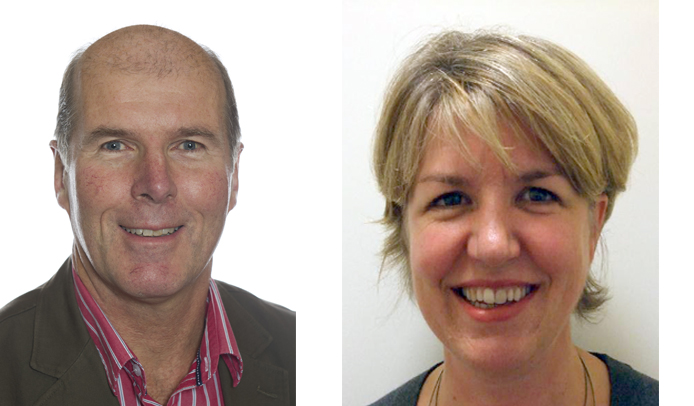Committee, Council & SIG Updates
Nasogastric Tube Special Interest Group (NG SIG)

Dr Barry Jones, Member and Wendy-Ling Relph, Co-Chair NG-SIG
Email: bapen@bapen.org.uk
Website: www.bapen.org.uk/about-bapen/bapen-special-interest-groups/ng-sig
The NG-SIG has been very busy developing guidance for patients with COVID-19 who require a nasogastric tube (NGT). It seems from our members that up to 95% of critical care COVID-19 patients require an NGT, usually for feeding. .
Following the findings of our Position Paper on NGT safety, prepared but not published earlier this year, we became concerned that Never Events due to NGTs were likely to occur in COVID-19 pneumonia due to the opaque lung fields leading to misinterpretation of x-rays. Sadly, we already have evidence from NHSI that this has occurred. The risk of pulmonary or oesophageal aspiration prior to NGT insertion is potentially high in proned patients making pH checks unreliable or misleading. Instead, we recommended x-ray requested specifically as the primary check on NGT position before first use in Critical Care patients, provided that those reporting did so using the 4 point check system.
Following contact with NHSE/I, we rapidly developed and disseminated an Aide Memoire to help Critical Care staff check NGT position safely, especially if unfamiliar with the procedures or in the new Nightingale Hospitals. This was endorsed by all relevant anaesthetic and intensivist organisations and the NNNG. We have subsequently revised the Aide and republished together with a revised NGT safety document.
We have been reassured to hear that the COVID-19 crisis response has been guided by “The Science”. But what if that science is no longer valid?
Our next task was to reassess whether NGT insertion is an aerosol generating procedure with special reference to the COVID-19 crisis. Initially, we followed the PHE position based on Health Protection Scotland, and WHO guidance. These bodies base their opinion on 2 studies from the SARS epidemic of 2003 and a review from 2012, which found the papers were of poor quality and unsuitable for clinical decision making! Paradoxically, PHE regards “sputum induction” as an AGP. Readers will be familiar with the tendency of NGT insertion to cause coughing. The Royal College of Speech and Language Therapists had also been reviewing evidence around coughing and procedures involving the nasal and upper airways and concluded that NGT is an AGP, as have BAPEN and the NNNG. This view is now supported by The Intercollegiate General Surgical Group, BDA, RCN, RCSLT, RCP, RCP&SG, BASP, ENT UK, BSG, ASPEN and IAPEN. Despite this, we hear that staff involved in placing NGTs across the UK are being forced to comply with PHE guidance and its consequent PPE at a lower level of safety. We have written to PHE and the Secretary of State for Health and Social Care and others, including the Chief Nursing Officer of England because of the high number of nurses at risk. She has responded very helpfully and has directed our case to a new DHSC/CMO committee to review contentious AGP issues. Following submission of our case, WHO have now agreed to include NGT in their latest review of AGPs.
The multi-disciplinary team members of the NG-SIG have worked tirelessly to investigate and develop these resources and add to the body of knowledge, with the primary aim of keeping our patients and colleagues safe during this pandemic, based on all available evidence.
All of these documents can be found on the BAPEN website COVID-19 section.
